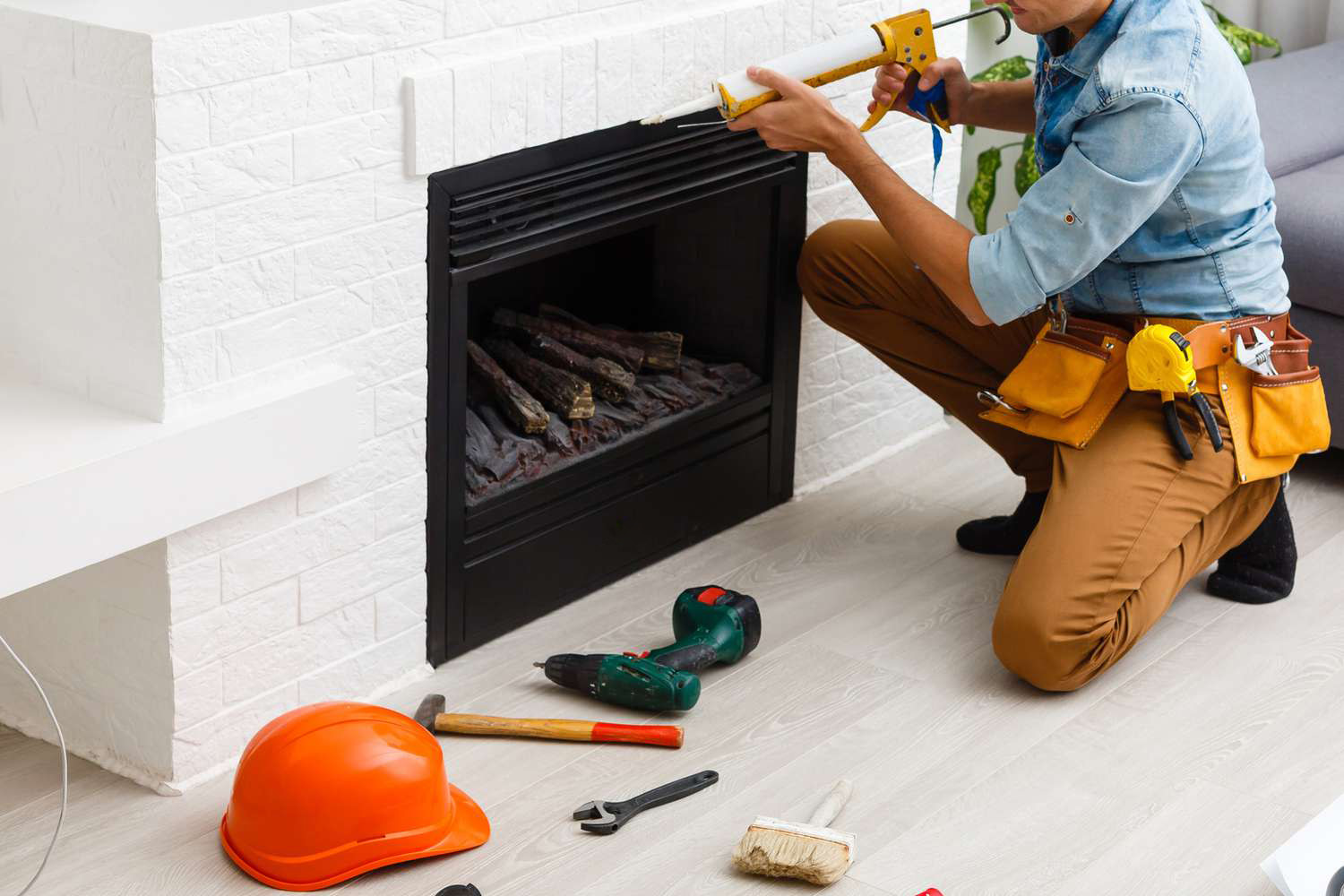
Are you a fan of your current fireplace, but feel like it’s not functioning as well as it could be? Are you trying to find ways to improve its heating capabilities while simultaneously cutting down on energy expenses and enhancing indoor air quality? You’re not alone in this endeavor. Many homeowners are seeking ways to upgrade their existing fireplaces for greater efficiency. Luckily, there are numerous options available that can assist you in achieving your objectives. This blog will delve into various methods of transforming your fireplace into a more efficient model. By implementing these suggestions, you can convert your fireplace into an eco-friendly heat source. After conversion, it will provide you warmth and comfort during the colder months while also conserving energy.
Make Your Fireplace Super-Efficient
-
Burn seasoned firewood
While burning wood, think of the level of moisture in the wood. Dry wood is much more efficient because it produces less smoke compared to damp or unseasoned wood. To prepare dry wood, leave freshly cut wood to dry for at least six months in a dry storage area. Newly cut wood has a high moisture content. Burning moist woods will result in a smoky fire that generates less heat and burns out quickly.
-
Install a fireplace insert
To ramp up the heating efficiency of your fireplace, install a fireplace insert. Compared to traditional masonry fireplaces, an EPA-Certified fireplace insert can store more heat by not sending 80% to the chimney. These self-contained heating appliances retain most of the heat it generates, it uses only one-third of the fuel required by traditional fireplaces. It is eco-friendly and significantly increases your heating efficiency while producing less smoke, soot, and creosote.
-
Use glass doors for your fireplace
Another practical and cost-effective way to boost the heating efficiency of your fireplace is by utilizing glass doors. Warm indoor air usually gets drawn back into the fireplace and up the chimney. By closing the glass doors, you can prevent this from happening. Now, air will exhaust to vent through the damper when flames are present. Using glass doors will also help radiate heat from the firebox throughout your living space for optimal warmth distribution.
-
Ensure the damper works properly
During fires, the damper should be completely open to allow for adequate airflow to reach the burning logs and maintain a strong fire. Damaged dampers may not fully open, and they may not close efficiently when there is no fire burning. It may result in the loss of warm internal air through the chimney.
Conclusion
So, converting your existing fireplace into a more efficient one can not only reduce your energy costs but also enhance your overall comfort. By exploring these options and tips like installing a gas log set, or chimney liner, sealing the chimney, and improving insulation, you can find the solution that best fits your needs and budget. You may work with a professional to make the desired modifications. With these simple steps, you can transform your old, inefficient fireplace into a modern and efficient heating source.
